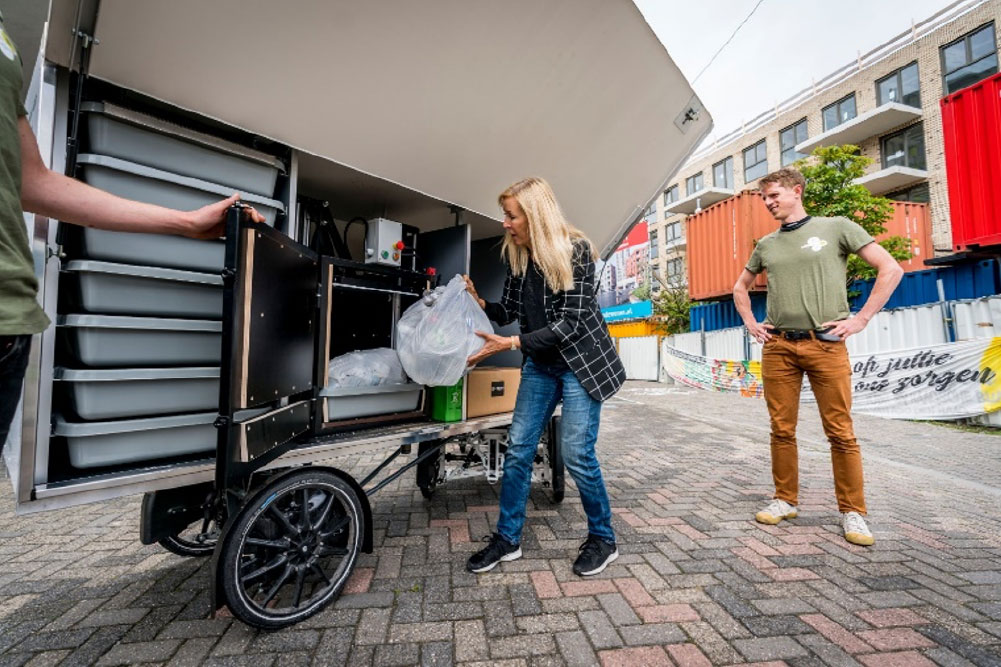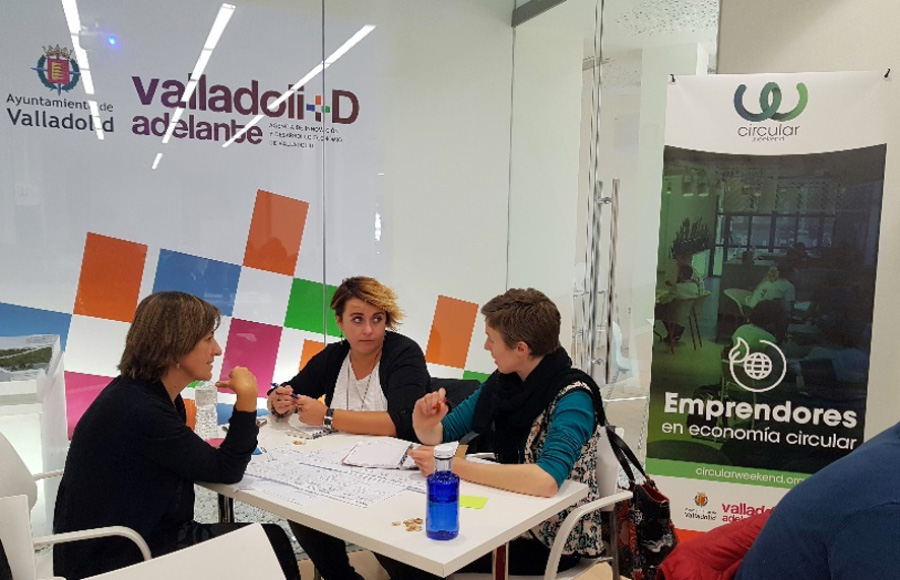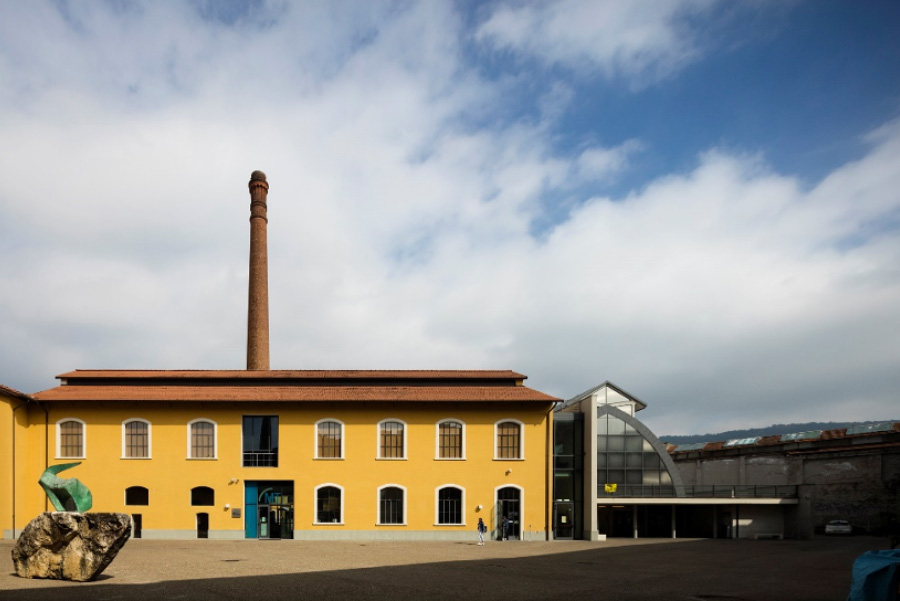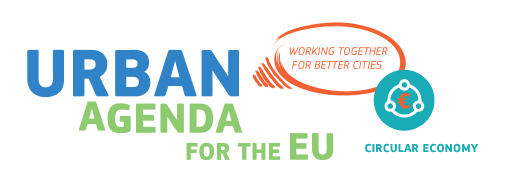
In 2015, the city of Amsterdam started their circular economy program. They were the first city to get a circular city scan, in collaboration with Circle Economy ![]() . The circular city scan showed that both the food and the construction sector had large circular potential, with potentially high economic and environmental impact. Between 2016 and 2018, Amsterdam started with 70 projects executed by companies, research organisations, and the municipality itself. The evaluation of these projects showed that the circular economy is realistic and promising.1
. The circular city scan showed that both the food and the construction sector had large circular potential, with potentially high economic and environmental impact. Between 2016 and 2018, Amsterdam started with 70 projects executed by companies, research organisations, and the municipality itself. The evaluation of these projects showed that the circular economy is realistic and promising.1
The city now enters a next phase, in which it has introduced in its circular strategy the “Doughnut Economics ![]() ” framework by Kate Raworth.2
” framework by Kate Raworth.2
Involve the city and co-create the change agenda
The city of Amsterdam expressed the ambition to be a regenerative and inclusive city for all citizens while respecting the boundaries of the planet. The concept of the ‘Doughnut Economy’ provided the city with a framework to develop a strategy to realise this ambitious vision. The framework entails nine environmental ceilings, based on the planetary boundaries beyond which unacceptable environmental degradation occurs. Examples of ceilings are climate change, air pollution, and biodiversity loss. In addition, twelve social foundations are included, which include topics such as education, health, and gender equality. Therefore, using the doughnut-model for a city implies calculating the current impact of the city on both these nine environmental sectors and the twelve social factors. Ideally, a city would be in between the environmentally safe and socially just space, the so-called ‘sweet spot’.
Embracing this model has proven to be a great method to involve different urban actors in co-creating an agenda for change.3 Many projects and workshops have been organised around the doughnut economy concept. For example, each of the seven city districts conducted workshops to inform and engage citizens. Trial workshops were carried out in various neighbourhoods in Amsterdam. Both resulted in an interesting dialogue about what the ideal city would be for these communities and how this could be achieved.
The dialogue showed that many citizens were already engaged in the circular economy, although they were not using this term. Citizens repaired their broken appliances or tried to minimise their waste production. Moreover, Amsterdam is home to many projects revolving around sharing platforms, e.g. for books and repair cafés. According to the municipality, it is not necessary that everyone uses the terminology of the circular economy, as long as they are aware of the change the city is making towards a different system. This is why the city does not focus on the circular economy or doughnut economy in their dialogue with citizens, but on social and environmental values which can improve the quality of life in local neighbourhoods.
How is Amsterdam supporting the circular transition?
The city of Amsterdam emphasises that funding is not always required to support the transition. Changing behaviours or working practices can be stimulated by other means as well. It is important, however, to align these discussions with the perspectives of the urban actors involved. Initiating new partnerships requires the organisation of events and networking opportunities with an active dialogue with stakeholders.
Amsterdam has several ways to support the funding of the circular transition:
- Amsterdam offers a range of funding instruments that can be used for circular projects. The instruments are available for different groups of urban actors. The instruments include, for example, loans to stimulate sustainable energy consumption. Instruments are available for different phases of project development: for a first phase the Grant Opportunity for Sustainable Initiative
 can be used, while scale-up can be funded via long term loans, such as the Amsterdam Sustainability Fund or the Amsterdam Climate and Energy Fund
can be used, while scale-up can be funded via long term loans, such as the Amsterdam Sustainability Fund or the Amsterdam Climate and Energy Fund  .
. - The city hosts a contest for housing cooperatives, in which they are challenged to change their buildings to become fossil free in a circular way. The cooperatives were informed about the circular economy and circular renovation, and then started develop their projects. The city also has a specific subsidy scheme for this group of urban actors.
- Amsterdam uses its budgets to make municipal buildings more circular, for example by creating material passports that include all components of the asset, its value, and how it can be recycled or reused.
- The city supports several living labs that experiment with making the city more circular. The best known example is the city district Circular Buiksloterham
 that serves as a living lab for circular, smart, and bio-based developments.
that serves as a living lab for circular, smart, and bio-based developments.
Lessons learnt
The experiences of the city of Amsterdam provide several lessons for other cities with circular ambitions:
- Identifying a circular model that works for the city and apply it in the city’s strategy development. The concept of the doughnut economy is valuable to align environmental and social impacts; and represents a good way to involve relevant urban actors.
- Terminology is less important than taking action and establishing the right mind-set. While specific circular economy concepts might work well when defining strategies for the city, they are of less importance when trying to get businesses or citizens involved.
- Funding can be a way to support the starting stage of circular initiatives and to incentivise changes in current practices. In addition, organising meetings and networking events is key to creating new partnerships.
- The costs of circular investments might seem high if cities do not focus on the whole value chain. A fair comparison with linear investments requires a life cycle perspective.
- Use frontrunners in your city to inspire circular change. By giving visibility to these projects, it proves a way for other to learn from these practices and use them to their own advantage. Provide a stage for the circular frontrunners in your city. By making them more visible you will inspire others.
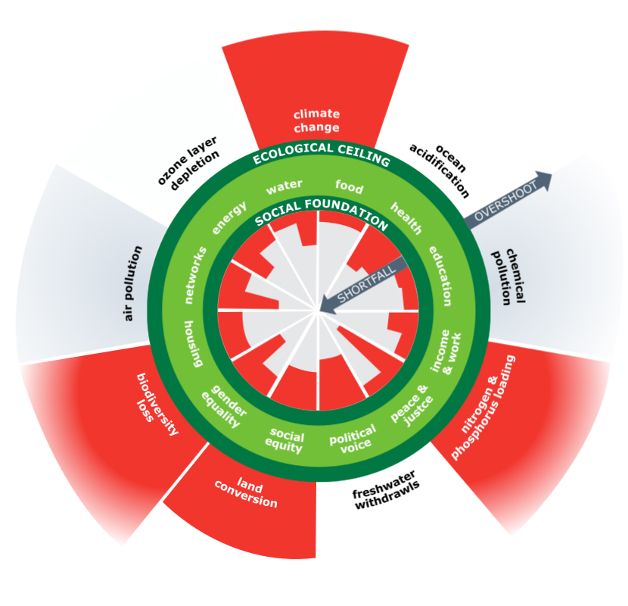
Figure 1: The doughnut economy model. (Source: https://www.kateraworth.com/doughnut/)
More information
Contact
References
-
1. Circle Economy, et al. (2018). Amsterdam Circular: Evaluation and action perspectives.
https://publish.circle-economy.com/amsterdam-circular-journey -
2. Raworth, K. (2017). Doughnut Economics: seven ways to think like a 21st century economist.
https://www.kateraworth.com/
-
3. Circle Economy & City of Amsterdam (2019). Building blocks for the new strategy: Amsterdam Circular 2020-2025.
https://www.circle-economy.com/insights/building-blocks-for-the-new-strategy-amsterdam-circular-2020-2025-amsterdam-city-doughnut
